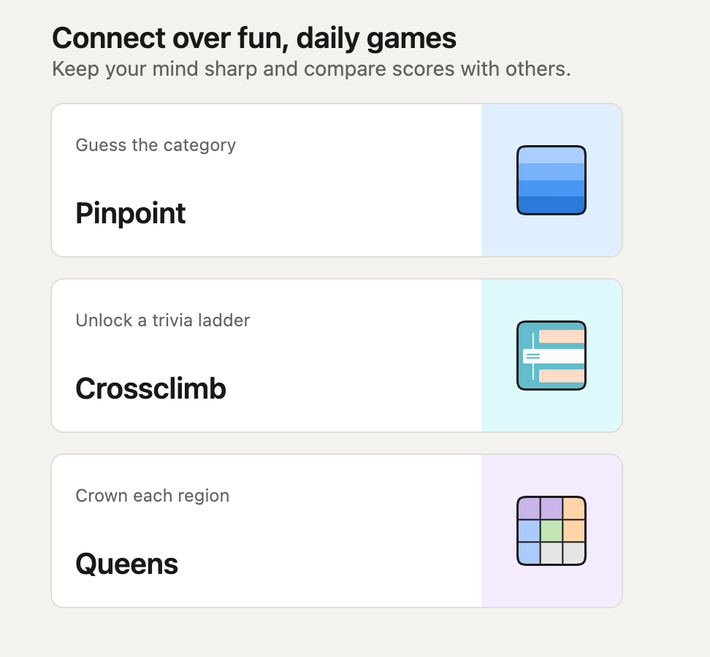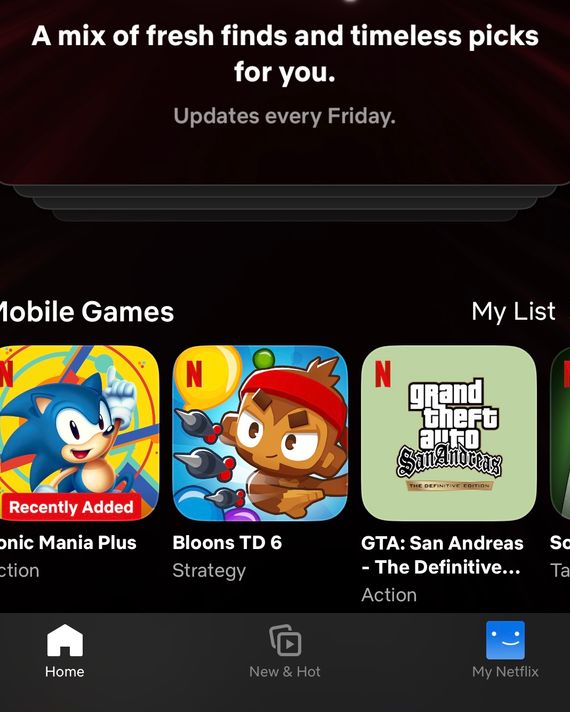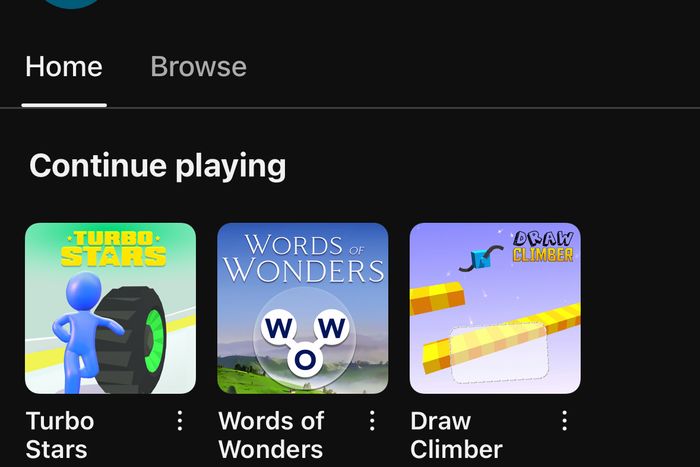
LinkedIn is nominally a site for finding jobs, networking with other professionals, and keeping up with the latest news in your field of work. In reality, its relationship to its users and their jobs is more complicated than that. It has job listings, yes, but since 2011, it’s also had a feed: a place to consume endless updates from and about people in and around your industry. The feed then got its own publishing platform and went more algorithmic. It got Snapchat-style Stories, at least for a while. LinkedIn even bred its own species of influencers and tested out TikTok-style videos.
What had started as a site for furtive job-searching and intercorporate networking had adopted and adapted to the fundamental priorities of social media, becoming yet another space for online public performance, only calibrated to the norms and expectations of pan-corporate office culture. LinkedIn is now a place to waste time reading about ways to save time, to post about grinding to avoid the actual grind, where you can recategorize — even just to yourself, subconsciously — aimless scrolling and screen time as something somehow productive. It is also, as of this past week, a place where you can play games.
In true LinkedIn spirit, this new gaming initiative arrives with a nod to self-improvement. “Connect over fun, daily games,” the site says. “Keep your mind sharp and compare scores with others.” The games are intuitive puzzlers in the post-Wordle tradition: sudoku-ish, crossword-esque, and Scattergories-adjacent.
Commentators have drawn parallels between LinkedIn’s game strategy and that of the New York Times, for which games have grown into a natural and lucrative part of the overall subscription bundle, leading to a media boomlet for gamelets — have you tried Cinematrix yet? — but it’s also possible that LinkedIn is hopping onto a trend somewhat closer to home.
Lots of major tech platforms have dabbled in games in plenty of different ways. For a while more than a decade ago, pleasant time-wasting games were a core part of the Facebook experience. Recently, though, more tech companies have been planting games right in the middle of their interfaces. Unless you use Netflix on an Android or iOS device, for example, you might not be aware that your subscription includes access to a whole bunch of mobile games like Grand Theft Auto: San Andreas.
Unless you’re subscribed to YouTube Premium, you’re probably not aware that the company has been testing “Playables,” which are mostly just rereleased mobile games that you can play within your YouTube feed:
Facebook still has a large and active on-platform games tab, while Meta’s Instagram just seeded a hidden Pong-style game out to a limited group of users. Even Microsoft Teams has games, now, to help you “connect with your coworkers through play.” (Microsoft owns LinkedIn.) Snap is an outlier here, in that it tested games a few years back and decided to shut them down.
These gaming features aren’t big strategic reorientations, nor do they tell particularly interesting stories about the companies releasing them — like many new platform features, they’re about engagement and retention. It’s more like a slow tech-industry drift toward gaming — one more collective “why not?” among many, a trend at the level of abstract corporate strategy. If every tech company can become a content company, and every tech company can become both an advertising company and a subscription company, and every tech company can become a commerce company, why can’t they all become gaming companies, too? Why not try it all, no matter what your customers showed up for in the first place? It’s not just Elon Musk — the tech giants are slowly building Everything Apps, not through force of will or to fulfill a grand vision, but by omnivorous inertia.
More Screen Time
- AI Chatbots Have a Donald Trump Problem
- Why Silicon Valley Elites Are Turning MAGA
- What Messing With Chatbots Tells Us About the Future of AI

































